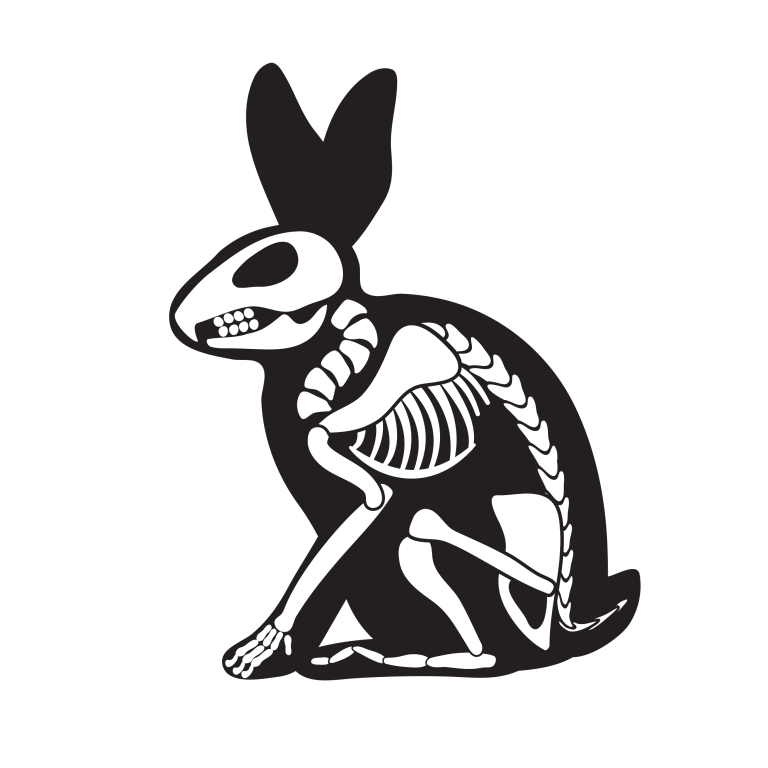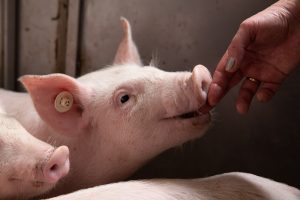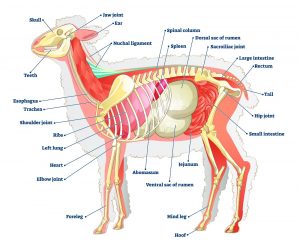Animal models are an essential aspect of safe medical research and innovation. With many factors playing into the decision of which model to choose, rabbits have become a popular small animal model for a number of different areas of medicine. In this article, we consider why rabbit models continue to be so popular; which breeds are most suited to research; and how rabbit models can be used in specific indications.
Why rabbits are well suited to be animal models
Rabbits have a long history as animal models, starting with their use to develop Louis Pasteur’s rabies vaccine in 1881. The general temperament of the species has helped maintain their place as a popular choice of animal model. Rabbits are typically calm in temperament, coupled with their small size, they are easy to restrain and work with in a laboratory setting. As a smaller sized animal in comparison to some other models (such as pigs or sheep), rabbits require comparatively smaller living conditions and with less burden of upkeep and care.
While rodents are obviously even smaller than rabbits, rabbits have a longer lifespan, which can make them more desirable for longer studies. Additionally, larger quantities of blood can be withdrawn from rabbits than rodents, which is a considerable advantage in pharmacokinetic experiments.
Rabbits are also considered small animals on the ‘phylogenetic tree’ which ranks potential animal models. This simplifies the ethical approval process allowing for faster initiation of the study.
Challenges of using rabbits as an animal model
There are a few challenges presented by working with rabbits as an animal model. While their small size can be an advantage for maintaining and caring for them during the study, it creates a challenge during anesthesia and surgical procedures. Rabbits have delicate constitutions, which means that great precision is needed to ensure good outcomes, with careful handling and a highly skilled anesthesiologist.
This also places an imperative on ensuring that their living conditions are carefully maintained to a high enough standard. It has been noted that changing living conditions, stress, and even the loss of a mate, can be causes of death in rabbit populations. Therefore, for the accuracy of the study, careful maintenance of living conditions is required to reduce the likelihood of any negative outcomes unrelated to the innovation being tested.
For makers of medical devices and implants, rabbits can be a challenging animal model to use as their smaller bodies require a scaled down version of any device to be deployed. However, rabbits are frequently used to test the viability and biological compatibility of the materials being used within the device.
The New Zealand White (NZW) – Most common rabbit model breed
The most common rabbit breed to be used as an animal model is the New Zealand White (NZW). Today it is harder to find other breeds in use in preclinical testing as the NZW dominates the market. In the past breeds such as the Dutch Belted, Himalayan, Russian and Chinchilla rabbit were also common.
The NZW breed came to be the most commonly used for a number of reasons. Firstly they have larger litter sizes compared with other breeds. This makes them easy to breed on scale, and offers ample possibilities for using them in prenatal development toxicity studies, which is a frequent use of mated females.
Secondly, NZW are also typically less aggressive than other breeds and have fewer general health problems that could interfere with the study being conducted. Their ear veins are also clearly visible which makes for easier injection and blood sampling when needed.
As the most popular breed of animal model, there is widespread literature and data available related to their use, which easily allows for comparative studies and background research.
Common areas of medical research using rabbits
Beyond their use in toxicity studies, there are a number of areas in which rabbit models are particularly prevalent.
Ophthalmic l models
Rabbits have a relatively large eyeball with similar structures to the human eye. This makes them a good choice for ophthalmic research. Within the specialty, a number of symptom specific models have been established, such as dry eye, age-related macular degeneration, and glaucoma. Rabbits allow for easy post-procedural monitoring for detailed follow-up after surgeries or interventions.
It is important to note that the NZW breed does post some limitations for ophthalmic research, as their albino nature limits retinal studies due to the lack of pigment.
Orthopedic studies
Rabbits are a popular choice of animal model to conduct initial animal trials of bone studies at lower cost, before moving on to testing on large animal models, which are more costly.
Phylogenetically rabbits are closer to primates than rodents, giving them similar growth patterns and mineral density to humans which has provided invaluable data for orthopedic studies. Rabbits have been extensively used in bone research with well established suitability, notably for bone fracture models and healing studies. In fact, multi‐species assessments of model suitability have rated rabbits as potential bone models after primates and dogs.
Cardiovascular and Catheterization studies
Rabbits are frequently utilized models in cardiovascular studies as their cardiac functioning mimics human cardiac electrophysiology. They have been found particularly beneficial as a model for catheterization studies as, although rabbit aortic arteries are smaller in vessel diameter than human carotid artery, they still enable endovascular therapeutic devices to be tested once suitably scaled.
In alignment with ISO 10993 requirements, rabbits are often the animal model of choice for Pyrogenicity studies, in the aptly named Rabbit Pyrogen Test (RPT). One of the routine tests for detecting fever responses following exposure to a medical device, bio-material, or their extracts.
Conclusion
Rabbit models are popular as a preclinical small animal model for good reason. Their docile temperaments, comparable physiology to humans, and frequent reproduction cycles, make them an excellent choice for many studies. They are particularly useful for animal model testing prior to progressing to testing on large animal models. Working with an established expert CRO such as Lahav, will help support companies in building the best possible preclinical testing plan, including choosing the most suitable animal model for each stage of the development.
Reach out to Lahav for more information about how your study can be supported






